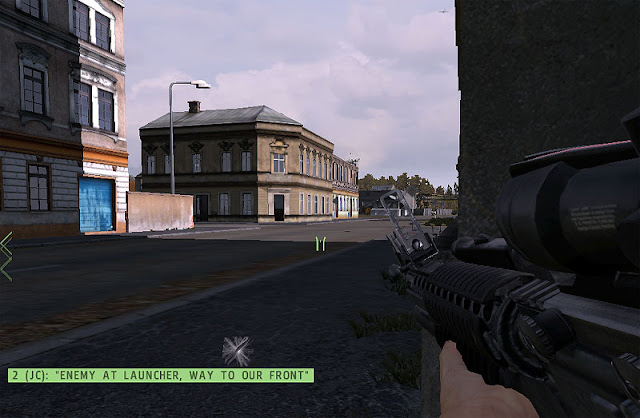As it was with the old MadMinute Games, the canned scenarios are incredibly well designed. It's a joy to see all you have read in books come alive.
At least the command and control features of Take Command 2nd Mannasas are still there. Now you can also give detailed orders via courier.
Maximum draw distance is caped to 2,000 yards. No way to see the lay of the ground beyond that (other than moving your camera forward). Maybe this is moddable?
Tactical, 2-D map. Very neat period map, but it doesn't show tactically relevant terrain features. It would be cool to issue orders from it.
Disappointed so far with it.
For 4+ years of developing time, I was expecting this one to be revolutionary or evolutionary compared to Take Command 2nd Mannasas. It is neither. Maybe it will grow in me, but I have a bad feeling about this game.
I will not review this game. But I am looking forward to see what professional reviewers have to say about this one.
Cheers,




















